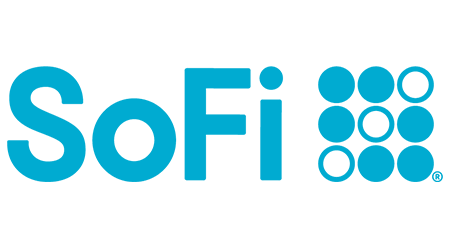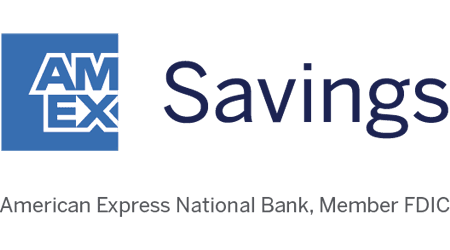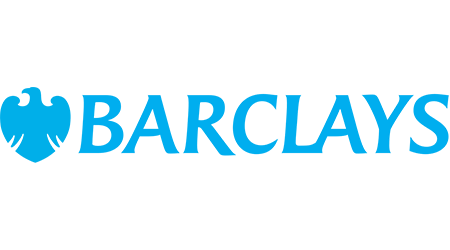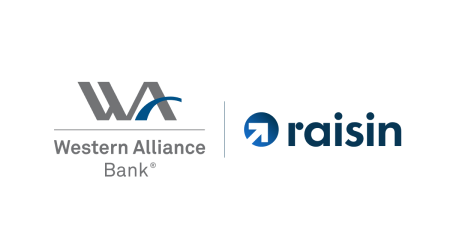
SoFi Checking and Savings
- Up to 3.80% APY on savings by meeting deposit requirements or by paying the SoFi Plus subscription fee every 30 days
- $0 monthly or overdraft fees
- Get up to a $300 bonus with direct deposits of $5,000 or more
- Member FDIC
Two types of accounts prevent you from accessing your money: savings accounts and CDs. A savings account doesn’t lock your money, but it restricts how often you withdraw each month.
A CD, on the other hand, locks you out of accessing your funds for a set period and, in exchange, offers high rates, which are also locked in at the time of opening. This makes CDs a particularly attractive option since they retain value even if federal interest rates drop.
Among the many types of deposit and investment accounts, there are a handful that “lock” your funds away. With most locked accounts, withdrawing funds can mean penalties, or the account has monthly withdrawal restrictions.
| Account type | Funds locked? |
|---|---|
Certificates of deposit | Yes, interest-related penalties for early withdrawals. |
Savings accounts | Sort of, often restricted to six withdrawals per month. |
Club accounts | Yes, interest-related penalties for early withdrawals. |
Money market account | Sort of, often restricted to six withdrawals per month. |
Savings bonds | Yes, interest-related penalties for early withdrawals. |
IRAs | Yes, additional tax penalty if withdrawals before age 59½. |
Unlike a CD, your money isn’t stuck for a set time with a savings or money market account. A savings account offers the benefit of compound interest while charging minimal or no fees. It also limits you from withdrawing your money to a certain number of times per month.

SoFi Checking and Savings

American Express® High Yield Savings Account

Barclays Tiered Savings
The Federal Reserve imposes a limit of six withdrawals per month on savings accounts through Regulation D. This means that if you withdraw money more than six times a month, your bank can prevent the withdrawal, charge you a fee — or even close your account. But not all savings accounts offer this limitation anymore after the suspension of Regulation D.
Compare savings accounts that limit you from withdrawing your money so that you can focus on growing your savings. To take it a step further, look for one that also doesn’t come with an ATM card.
Not all savings accounts are created equal. There are a few things to watch out for when signing up for a new account:
With a certificate of deposit (CD) your money is stuck for a set time of your choosing — usually anywhere from one month to five years — while it earns a fixed interest rate. It’s more restricting than a traditional savings account because you can’t access your money until the term is finished. If you need to make a withdrawal, you’ll need to give 31 days’ notice and pay a penalty.

Western Alliance Bank 12 months CDs through Raisin
A few key things to keep in mind before opening a CD:
Consider the following features when comparing the pros and cons of a CD account:
If you’re saving up for your retirement, an individual retirement account (IRA) might be your best option.
Any money you put into a traditional IRA account typically cannot be withdrawn without a penalty until you reach retirement age, and contributions are tax-deductible at both the federal and state level.
TD Ameritrade offers IRAs with both money market accounts and CD options.
Accounts that restrict or limit you from accessing your savings are best for those who want to grow their money and remove the temptation to spend it all.
Before opening a CD, make sure you have money set aside in an easy-to-access account, like a savings or money market account, in case you need it for emergencies.
Here are a few quick tips to help you put away money and resist the temptation to withdraw it.
While having money vaulted away is a great idea, it’s not always easy to do. Of those with an emergency fund, one-third (31%) said they had to dip into the account to take care of home repairs, while car repairs were a reality for a little over a quarter (26%).
Both certificates of deposit and savings accounts help toward savings goals. If you might need access to your funds soon or want to add money each month, a savings account is a better option. But if you can commit to keeping your hands off your savings for a specified period, a CD helps you lock in your rate and money away from temptation.
Many savers use both options — when your savings account starts to get comfortably high, you can pull money out and put it into a CD. If you choose one with a high interest rate, you can sit back and watch your savings grow.
High-yield savings accounts are safe and don’t have many drawbacks. But there are a few disadvantages to consider before opening one.
Earn up to 8% with BCU Powerplus Checking and close to 7% with other accounts from Greenlight, Netspend, Varo, Uphold and more.
Chime’s savings account has a solid APY and has no monthly fees, but it requires Chime’s checking account.
SoFi’s high-yield savings account is a hybrid checking and savings account featuring a high APY, cashback rewards and minimal fees.
SoFi, Discover, Wealthfront, Varo, Uphold, Bask Bank, Current, Marcus and Ally offer top vacation savings accounts with high APYs.
Savings accounts let your money earn interest while it sits. There are very few drawbacks to getting one and lots of benefits.
Uninterrupted compound interest accounts pay interest on your initial balance and the interest you continually earn if you don’t withdraw.
How to choose the best savings account for your situation.
Compare some of the best high-yield savings accounts available.